Vienna Observatory
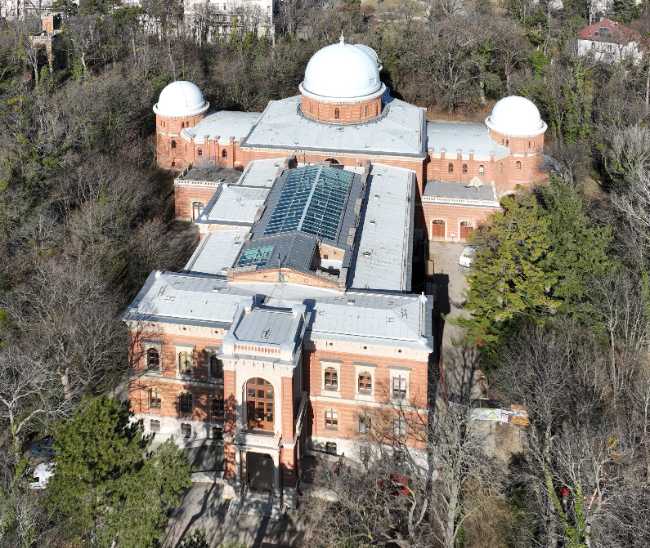
The Vienna Observatory, officially known as the Universitätssternwarte Wien, is a historic astronomical facility operated by the University of Vienna. Built between 1874 and 1879 and inaugurated in 1883 by Emperor Franz Joseph I, it remains one of the largest observatory buildings in Europe. Its main dome houses a 68 cm Grubb refractor, which was the world’s largest refracting telescope at the time of its installation. The observatory played a key role in planetary, cometary, and nebular observations in the early 20th century and continues to support academic research and public outreach. Its elegant architecture and scientific legacy make it a cultural landmark in Vienna.
Vienna AustriaThe Vienna Observatory, formally known as the Vienna University Observatory (Universitätssternwarte Wien), is located at Türkenschanzstraße 17 in the Währing district of Vienna, Austria. The current main building was constructed between 1874 and 1879 and officially inaugurated in 1883 by Emperor Franz Joseph I. It is notable for housing the largest refractor telescope of its time, with a 68 cm diameter lens. The observatory stands on elevated ground about 236 meters above sea level, providing good observational conditions away from the city's immediate disturbances. Nearby, the observatory is situated in a peaceful, green area of Vienna's 18th district (Währing), a residential and leafy neighborhood with parks and quiet streets that complement its scientific environment. While the observatory itself is primarily a research and educational institution affiliated with the University of Vienna, the wider surrounding area offers typical Viennese charm with access to local shops and cafes. The location is somewhat removed from Vienna's busiest tourist centers but remains accessible by public transport, allowing visitors interested in astronomy and history to reach it conveniently.
 Schönbrunn Palace
Vienna
Schönbrunn Palace
Vienna
 Hofburg Palace
Vienna
Hofburg Palace
Vienna
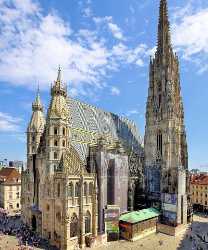 St. Stephen's Cathedral
Vienna
St. Stephen's Cathedral
Vienna
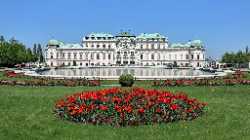 Belvedere Palace
Vienna
Belvedere Palace
Vienna
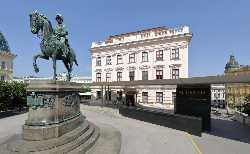 Albertina Museum
Vienna
Albertina Museum
Vienna
 Leopold Museum
Vienna
Leopold Museum
Vienna
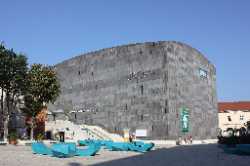 Mumok
Vienna
Mumok
Vienna
 Natural History Museum
Vienna
Natural History Museum
Vienna
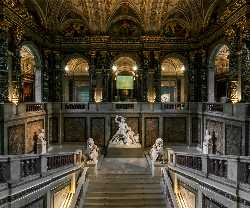 Kunsthistorisches Museum
Vienna
Kunsthistorisches Museum
Vienna
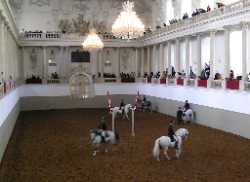 Spanish Riding School
Vienna
Spanish Riding School
Vienna
 Vienna State Opera
Vienna
Vienna State Opera
Vienna
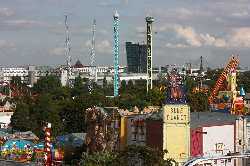 Prater
Vienna
Prater
Vienna
 Naschmarkt
Vienna
Naschmarkt
Vienna
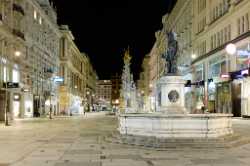 Graben
Vienna
Graben
Vienna
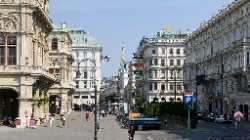 Kärntner Strasse
Vienna
Kärntner Strasse
Vienna
 Hundertwasserhaus
Vienna
Hundertwasserhaus
Vienna
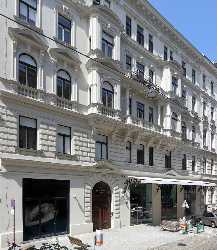 Sigmund Freud Museum
Vienna
Sigmund Freud Museum
Vienna
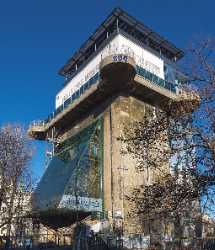 Haus des Meeres
Vienna
Haus des Meeres
Vienna
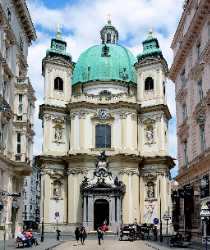 St. Peter's Church
Vienna
St. Peter's Church
Vienna
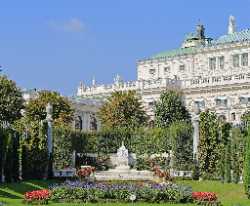 Volksgarten
Vienna
Volksgarten
Vienna
 Burggarten
Vienna
Burggarten
Vienna
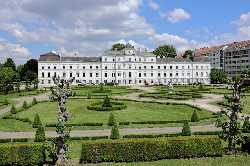 Augarten
Vienna
Augarten
Vienna
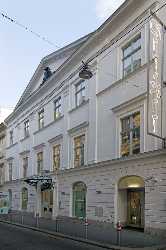 Jewish Museum Vienna
Vienna
Jewish Museum Vienna
Vienna
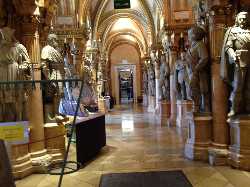 Military History Museum
Vienna
Military History Museum
Vienna
 Technisches Museum Wien
Vienna
Technisches Museum Wien
Vienna
 Globe Museum and Esperanto Museum
Vienna
Globe Museum and Esperanto Museum
Vienna
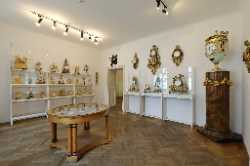 Clock Museum
Vienna
Clock Museum
Vienna
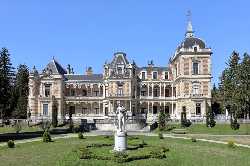 Hermesvilla
Vienna
Hermesvilla
Vienna
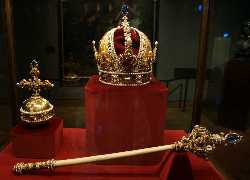 Imperial Treasury
Vienna
Imperial Treasury
Vienna
 Danube Island
Vienna
Danube Island
Vienna
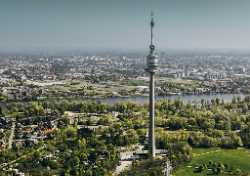 Donauturm
Vienna
Donauturm
Vienna
 St. Michael's Church
Vienna
St. Michael's Church
Vienna
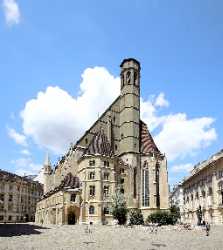 Minoritenkirche
Vienna
Minoritenkirche
Vienna
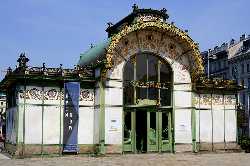 Otto Wagner Pavilions at Karlsplatz
Vienna
Otto Wagner Pavilions at Karlsplatz
Vienna
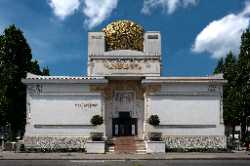 Secession Building
Vienna
Secession Building
Vienna
 Theatermuseum
Vienna
Theatermuseum
Vienna
 Austrian Film Museum
Vienna
Austrian Film Museum
Vienna
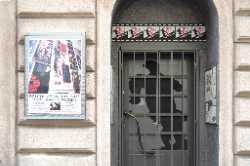 Third Man Museum
Vienna
Third Man Museum
Vienna
 Postal Savings Bank Building
Vienna
Postal Savings Bank Building
Vienna
 Anker Clock
Vienna
Anker Clock
Vienna
 Schönbrunn Zoo
Vienna
Schönbrunn Zoo
Vienna
 Butterfly House
Vienna
Butterfly House
Vienna
 Kahlenberg
Vienna
Kahlenberg
Vienna
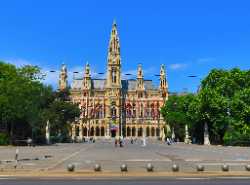 City Hall
Vienna
City Hall
Vienna
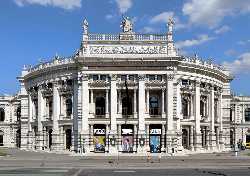 Burgtheater
Vienna
Burgtheater
Vienna
 Volkstheater
Vienna
Volkstheater
Vienna
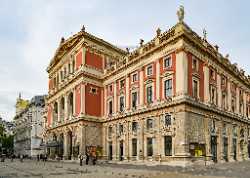 Musikverein
Vienna
Musikverein
Vienna
 Konzerthaus
Vienna
Konzerthaus
Vienna
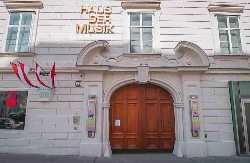 House of Music
Vienna
House of Music
Vienna
 Mozarthaus Vienna
Vienna
Mozarthaus Vienna
Vienna
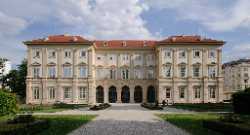 Liechtenstein Palace
Vienna
Liechtenstein Palace
Vienna
 Austrian National Library
Vienna
Austrian National Library
Vienna
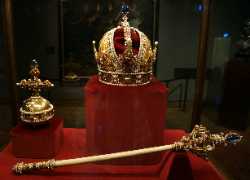 Imperial Treasury Vienna
Vienna
Imperial Treasury Vienna
Vienna
 Sisi Museum
Vienna
Sisi Museum
Vienna
 House of Austrian History
Vienna
House of Austrian History
Vienna
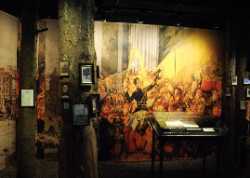 Haus der Musik
Vienna
Haus der Musik
Vienna
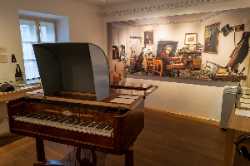 Beethoven Museum
Vienna
Beethoven Museum
Vienna
 Schubert Geburtshaus
Vienna
Schubert Geburtshaus
Vienna
 Zoom Kindermuseum
Vienna
Zoom Kindermuseum
Vienna
 Funeral Museum
Vienna
Funeral Museum
Vienna
 Kunsthalle Wien
Vienna
Kunsthalle Wien
Vienna
 Brunnenmarkt
Vienna
Brunnenmarkt
Vienna
 Karmelitermarkt
Vienna
Karmelitermarkt
Vienna
 Rochusmarkt
Vienna
Rochusmarkt
Vienna
 Meidlinger Markt
Vienna
Meidlinger Markt
Vienna
 Viktor-Adler-Markt
Vienna
Viktor-Adler-Markt
Vienna
 Yppenmarkt
Vienna
Yppenmarkt
Vienna
 Flohmarkt am Naschmarkt
Vienna
Flohmarkt am Naschmarkt
Vienna
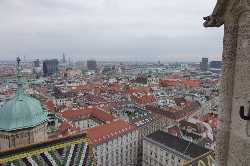 Stephansdom South Tower
Vienna
Stephansdom South Tower
Vienna
 DC Tower 1
Vienna
DC Tower 1
Vienna
 Stephansplatz
Vienna
Stephansplatz
Vienna
 Heldenplatz
Vienna
Heldenplatz
Vienna
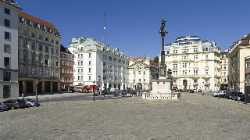 Am Hof
Vienna
Am Hof
Vienna
 Freyung
Vienna
Freyung
Vienna
 Judenplatz
Vienna
Judenplatz
Vienna
 Maria-Theresien-Platz
Vienna
Maria-Theresien-Platz
Vienna
 Michaelerplatz
Vienna
Michaelerplatz
Vienna
 Rotenturmstraße
Vienna
Rotenturmstraße
Vienna
 Spittelberg
Vienna
Spittelberg
Vienna
 Lobkowicz Palace Museum
Vienna
Lobkowicz Palace Museum
Vienna
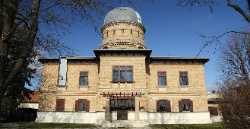 Kuffner Observatory
Vienna
Kuffner Observatory
Vienna
 Urania Observatory
Vienna
Urania Observatory
Vienna
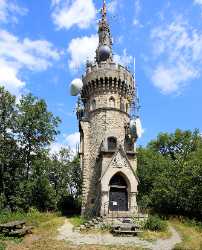 Habsburgwarte
Vienna
Habsburgwarte
Vienna
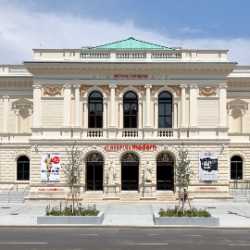 Albertina Modern
Vienna
Albertina Modern
Vienna
 Kunst Haus Wien
Vienna
Kunst Haus Wien
Vienna
 Galerie Krobath
Vienna
Galerie Krobath
Vienna
 Galerie Martin Janda
Vienna
Galerie Martin Janda
Vienna
 Galerie Meyer Kainer
Vienna
Galerie Meyer Kainer
Vienna
 Galerie Emanuel Layr
Vienna
Galerie Emanuel Layr
Vienna